
Table of Contents
- 5 Advanced SEO Techniques to Get Organic Traffic
- Key Takeaways
- Conclusion
- FAQs
“Good SEO work only gets better over time. It’s only search engine tricks that need to keep changing when the ranking algorithms change.”- Jill Whalen, CEO, High Rankings.
Living in a competitive world like today’s, businesses need to go beyond just the basics to maintain a competitive edge over their competition. With the world already moving at an accelerated pace towards digitization, Search Engine Optimization (SEO) has become one of the most influential parameters for business. Be it to drive business growth using organic search strategy, improve conversions, or increase traffic, adoption of advanced SEO techniques can contribute in a big way towards a business’s growth.
While thinking of SEO, though, what is essential to keep in mind is that SEO rules are constantly changing. This means that you can never be sure to have fully mastered SEO. With newer search algorithms being introduced by Google and other search engines regularly, what used to work for you yesterday, may not work today. This is why you also need to upgrade your advanced SEO tactics and strategy constantly.
While these constant changes make life difficult for marketers and businesses alike, it keeps the SEO world extremely fascinating and, more importantly, allows those willing to adapt to stay competitive. If you, too, are looking for ways to drive more organic traffic and improve your SEO ranking, read on for our advanced SEO tips and advanced SEO techniques.
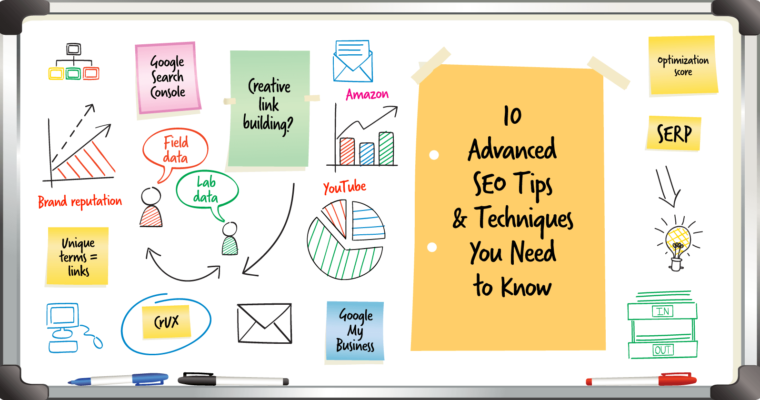
5 Advanced SEO Techniques to Get Organic Traffic
Let us now look at the 5 most important and advanced on-page SEO techniques and other advanced SEO tips that can help you retain your organic search presence and increase traffic to your digital assets. For those who wish to see instant changes that are impactful, too, channelizing your energies on advanced on-page SEO helps.
1. Optimizing your content is always the first step
It is no secret that creating new content regularly, getting the necessary links to those pages, and updating your content with the latest keywords help immensely with SEO. While one should not lift the foot off the pedal when generating new content, practitioners of advanced SEO tactics and strategies also recommend optimizing your existing content. These on-page SEO techniques that help improve your on-page meta-tags can help strategically improve your organic traffic with fewer hassles.
Content optimization not only helps with organic traffic, but it is also helpful with getting your content featured in Search Engine Result Pages (SERP). One of the critical steps to content optimization is identifying and creating your content around the right keyword that you are trying to rank for. While it is practically impossible to define the right word count for the content you are optimizing, it is critical to get your content optimized to ensure that it gets featured amongst the top results on SERP. Depending upon the query you wish your content to answer, ensure that the content is optimized to the correct word count. It helps to know what visitors are searching for to optimize content around their needs.
When it comes to content optimization, meta titles and meta descriptions play a significant role. In fact, the meta title is one of the primary advanced on-page SEO tags for content optimization for SEO. While meta titles help get listed on SERP results, meta descriptions play a phenomenal role in helping with the click-through rates (CTR).
Like most other things around us, every content you create also has a shelf life if not updated and optimized regularly. Over time, this content will start to slip in the ranking pages, and with that, the traffic will too. Use the many content decay tools available to identify content that is beginning to decay. They also help you determine what can be done to ensure that the content gets back to delivering organic traffic for you.
With the apt keywords at the right places, content optimization also helps build backlinks at scale. Back-linking, in turn, helps improve ranking on SERP, resulting in better organic traffic to your digital assets. Another tried and tested strategy in 2022 for advanced SEO tactics is to target comparison keywords, or in simple words, words that compare things. These keywords don’t have too much competition. Plus, studies show that people who generally search using comparison keywords are more advanced with their searches. Thus, these keywords also get more targeted and relevant traffic to your platform.
2. Create content to increase time-on-site
Did you know that Google has once again made the customer experience and the time they spend on a site one of the critical parameters for web page ranking? You heard it right, the longer the dwell time of a visitor on a site, the higher the chances that the page will see a higher search ranking on Google.
Dwell time is nothing but the time a visitor spends on a specific page before returning to the search page where they found it as part of their search result. The logic is that if a visitor decides to spend more time on your page instead of the time they spend on your competition site, then the Google algorithm assumes that you have done something right with your page, which is to answer the visitors’ query. Thus, the next time someone searches for a similar topic, the algorithm will give weightage to the dwell time of the previous visitors and may rank your page higher than the competition’s content. So, how can you improve the dwell time on your page? One of the simplest things to do is ensure that the content is readable.
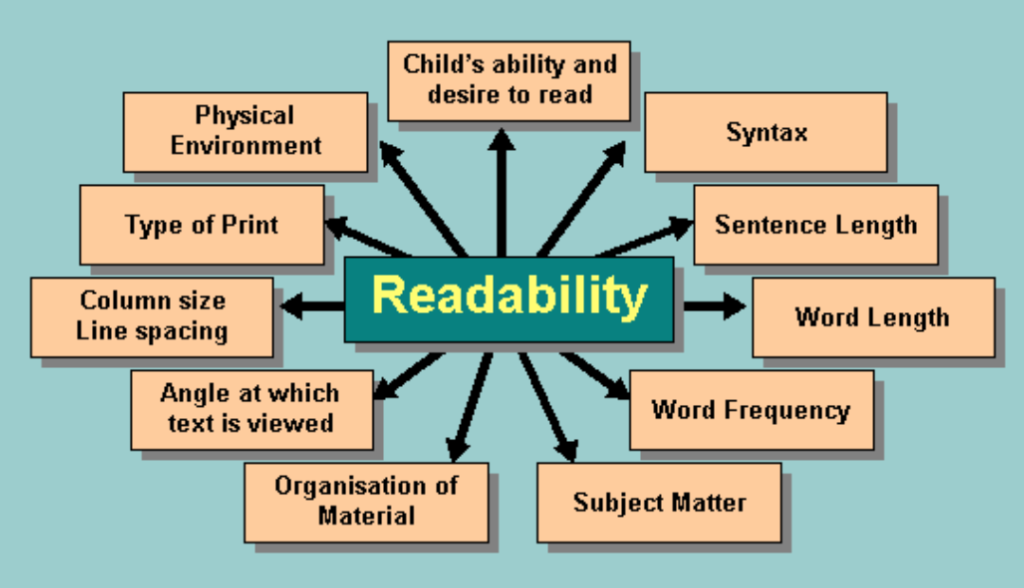
Whatever content you post online, keep it relevant and of excellent quality. Keep your language simple and error-free, ensure that crisp content is delivered and relevant to the point. Use easy-to-comprehend and straightforward language. One of the best-advanced SEO tips would be to keep the paragraphs short, with a maximum of 3-4 lines in each paragraph.
Even within the paragraphs, use short sentences as far as possible. However, if the content you wish to post is exceptionally long, you can add long sentences sparingly to break the monotony and keep the visitor engaged. Wherever possible, highlight the key content either in the form of a bullet point or as a subheading.
Another great advanced on-page SEO technique used successfully to break the monotony of the content is to use images, or screenshots, to illustrate a point being discussed. Visuals make the content more attractive and easy to understand, thus helping increase dwell time.
3. Invest time and effort in creating video content
We now understand that the higher the dwell time of a visitor on your site, the higher the chances of being ranked higher by Google and other search engines in SERP. Developing video content is one of the most successful ways to ensure that visitors enjoy and understand the content you post and boost their dwell time on your content.
A report on Insivia shows that while viewers retain only 10% of the content in text form, the retention jumps to over 95% when they watch it in a video. Not only do videos make an excellent solution for advanced on-page SEO, but many subject-matter experts would also recommend brands to launch their own YouTube page as a part of their advanced SEO technologies strategy. Besides, when it comes to search engines, YouTube ranks second only to Google itself.
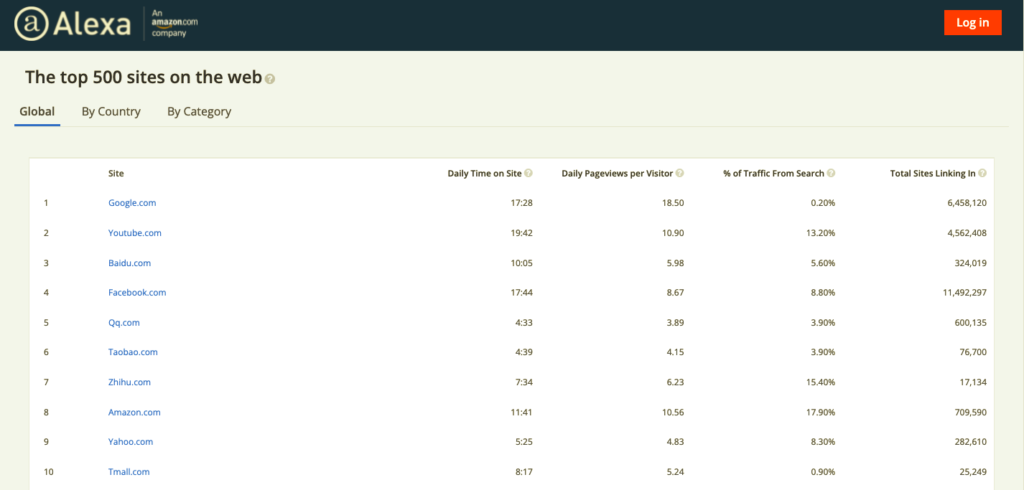
If you are still not convinced, here are some statistics that will perhaps help you understand its significance.
- A study by Cisco predicted that more than 82% of all consumer Internet traffic would comprise online videos by 2022.
- As per a report on Optinmonster, 72% of customers prefer learning about a product or service through a video.
- Optinmonster study also reveals that 84% of consumers got persuaded to buy a product or service by watching the brand’s product or service video.
4. Search engines love content clusters
Visitors search for things online to get some information about a specific topic. They may probably want to read about more related topics and other supporting topics to understand this topic. Some may like to deep-dive into that topic, while others may want only a specific portion of content. While you cannot control the kind of information the visitor might be looking for, it helps to be prepared to cater to all the needs the visitor might have.
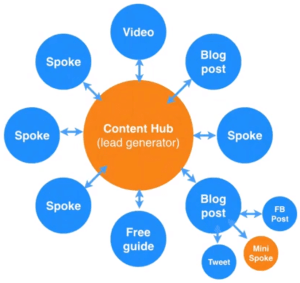
This can be achieved by creating your content in the form of a content cluster—like an encyclopedia on a given topic. Also called the “hub and spoke model” of content creation, the idea behind this model is to project your content as the one-stop shop for all content-related needs for a visitor on a particular topic. If visitors want a brief snippet on a specific topic, they can view it in the base content (also known as the hub). If the visitor requires more information and wants to deep-dive into the particular topic, they can find more details about the search keyword through the various related content (called the spokes). The hub and spokes content is strategically linked together. While the hub speaks broadly about a specific keyword, the spokes cover all the related keywords and topics.
Visitors love this model as they can find whatever they are looking for quite easily and in a structured fashion. They work for businesses to strategically design their content to match the search keywords. Google and other search engines love the hub and spoke model, as the relevancy of the entire content to the search keyword gets increased with this model.
5. Optimizing for featured snippets as advanced SEO techniques
Those organic search results that get featured just below the ads in the Google search are called featured snippets. Also known as the answer box, these snippets try and answer a visitor’s search query then and there with the answer in a snippet.
Snippets can be of three types. The most common snippets are paragraph snippets (over 80%). The other less common types of snippets are either in a bullet or numbered form (also called list snippet) and table snippets.
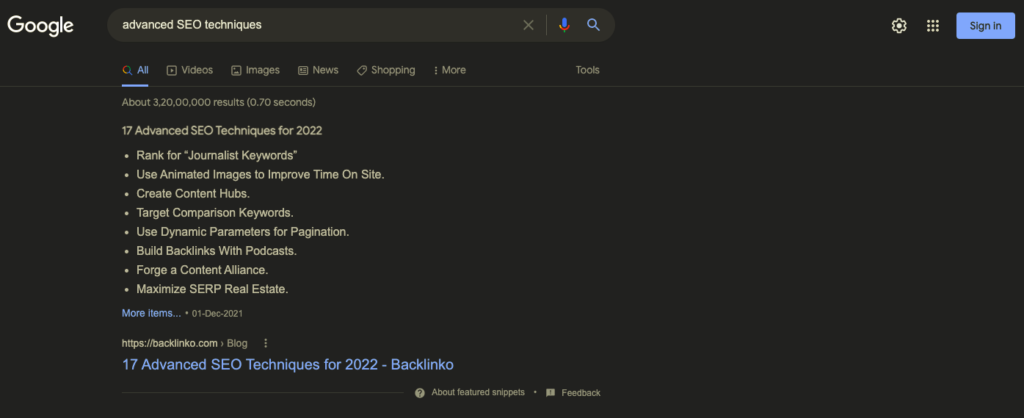
For any business, it is still essential for their SEO to be optimized for the featured snippets, as this would essentially mean they get listed above all other organic listings. According to a study by STAT, the 7 most common search queries to get a featured snippet to include financial, health, DIY processes, transitional, mathematics, status, and requirements. The easiest way to get featured as a snippet would be to optimize your SEO so that your pages get featured amongst the top 10 on Google.
Did you know: One of the most commonly featured sites on featured snippets is Wikipedia pages.

Key Takeaways
- One of the key advanced on-page SEO techniques is using keywords correctly.
- Keeping visitors engaged on the site for a longer time helps.
- Updating old pages can help generate content regularly and improve the ranking.
- Adding images, graphics, and videos to your content is a great way to break the monotony.
- Creating videos and even a YouTube page helps with advanced on-page SEO.
- While creating content, use the content cluster model to ensure visitors find every content relevant to their search, thus helping in increasing engagement and dwell time.
- Optimize SEO content by adding related keywords in the content at the right places. Do not overdo.
- Optimizing SEO to get featured as snippets helps you get listed before all other organic listings.
Conclusion
The world is changing swiftly, especially towards a digital world. With smartphones gaining popularity, visitors today can access data quite easily too. Today, especially after the pandemic, with more and more people spending more time online, getting your content in front of a SERP is perhaps the only way forward for businesses. This is why businesses need to consider content creation and optimization with advanced SEO techniques as a necessary investment.
FAQs
SEO (Search Engine Optimization) is the process where pages are easier to find by optimizing a website’s technical configuration, content relevance, and link popularity. The more relevant and popular the search queries are, the better is the search engine ranking.
The higher you feature in the search results, the more organic traffic you will have. The content featured should be of high quality with a solid SEO foundation to rank high in the SERPs. The more the content gets shared, the higher the referral traffic.
The practice of manipulating SERPs (search engine results page) for higher rankings by going against search engine guidelines is known as black hat SEO techniques. These can lead to penalties.
Strategies that target a human audience instead of hacking a search engine algorithm are a white hat SEO technique. A good SEO campaign focuses on quality content as the core of this approach.
To help increase organic traffic to the website, use long-tail keywords, leverage on-page SEO, find and remove non-performing content, create video content on YouTube, and promote the content on social media.
The activities taken to impact the rankings within SERPs outside the website are off-page SEO. Off-page SEO tells what others think about your site.
Latest Blogs
Explore how Google’s 2025 AI search updates triggered ranking chaos. Learn actionable strategies to adapt your SEO for AI Overviews, zero-click searches, and SERP volatility. Stay ahead now.
Learn how to rank on AI search engines like ChatGPT, Perplexity, and Gemini by optimizing your content for authority, structure, and relevance. Stay ahead in AI-driven search with this strategic guide.
Explore the best healthcare SEO services for your medical practice. Improve online visibility and effectively reach more patients in need of your services.
Get your hands on the latest news!
Similar Posts

Artificial Intelligence
6 mins read
The Role of AI in Digital Marketing: AI Article Generators Transforming Content Creation

Artificial Intelligence
4 mins read
How AI Content Creator Is Shaping the Future of Digital Content

Digital Marketing
3 mins read